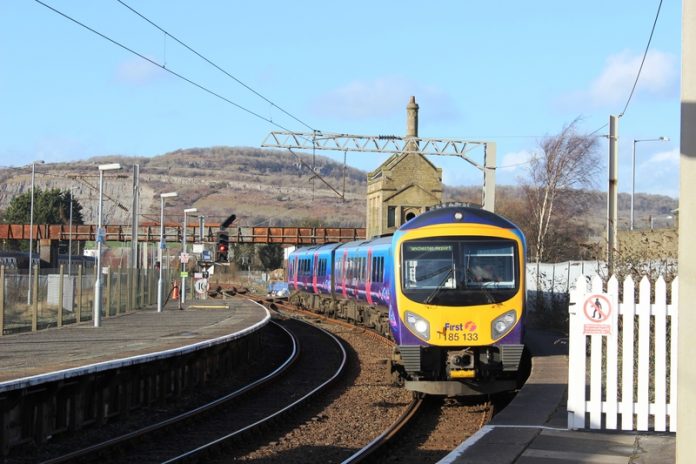The UK government is developing plans for Britain’s first digital intercity railway in the north, Transport Secretary Chris Grayling announced today.
This comes at a time when the government is investing a record £13 billion in improving journeys across the region
As part of the Great North Rail Project, major upgrades are being developed for the TransPennine route between Manchester, Leeds and York from 2022 – to slash journey times between Leeds and Manchester to just 40 minutes.
Digital signalling technology is already in operation on the London Underground, and Network Rail will now develop options to make the TransPennine route the first digitally controlled intercity rail line in the UK.
Network Rail will receive up to £5 million in funding, to develop proposals for embedding digital technology between Manchester and York, to help the UK deliver a more reliable and safer railway. This includes looking at a system of advanced train traffic management – so that a computer works out how to route the trains most efficiently along the line.
Modernisation of the railways
The UK government has launched the biggest modernisation programme of railways in the north since the steam age and as such, they are investing £40 billion in the network across the country. The government is also bringing HS2 – Britain’s new railway – to the north. As such, the Pacer trains are being scrapped by the end of 2019 and a major investment in motorways is also underway, across the region.
Transport Secretary Chris Grayling comments on the first digital intercity railway: “We are about to see a digital revolution in our railways, and we want the north to lead the way. New technology on the Manchester to York route will help us deliver a more reliable and safer railway, with more space for passengers.
“Travel will be transformed across the north as we invest £13 billion to improve journeys, expand our motorways, scrap the outdated Pacer trains, and spend £55 billion on HS2 to cut journey times between our great northern cities.”
Developing proposals for digital-control on the TransPennine route is to be paid for from a £450 million digital railway fund, announced by the UK Chancellor in the Autumn Statement during 2016. On the London Underground, three lines already have in-cab signalling, which means that trains can safely run closer together.
Also in London, the Thameslink Programme will use digital technologies, so that 24 trains per hour can run through the centre of the city from December 2018, on just two tracks with two platforms. Crossrail trains will also run with in-cab signalling.
Work to deliver improvements to the TransPennine railway line has already started. The Great North Rail Project has already delivered improved services between Liverpool and Manchester, with the fastest journey cut by 15 minutes, as well as new direct services between Manchester Airport and Glasgow, plus the upgrade of Manchester Victoria station.
The UK government is working with Rail North and councils across the region on the project, and Network Rail is working on plans for the upgrade.
The government is also investing £55 billion in HS2, which will cut journey times between Leeds and Birmingham to 57 minutes, from the 1 hour 58 minutes it takes today. Journeys between Manchester and London will be reduced to 1 hour and 8 minutes, from the existing 2 hours and 8 minutes journey time.
All the Pacer trains, which run on Northern trains, will be phased out by the end of 2019 and sent to the scrapyard, as the government delivers a 21st-century revolution to transport.











